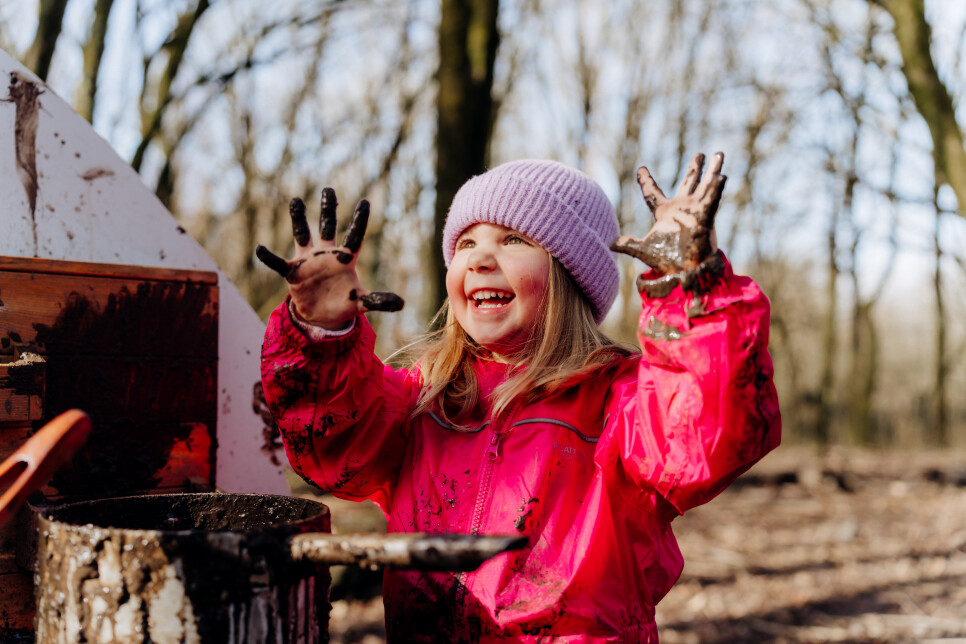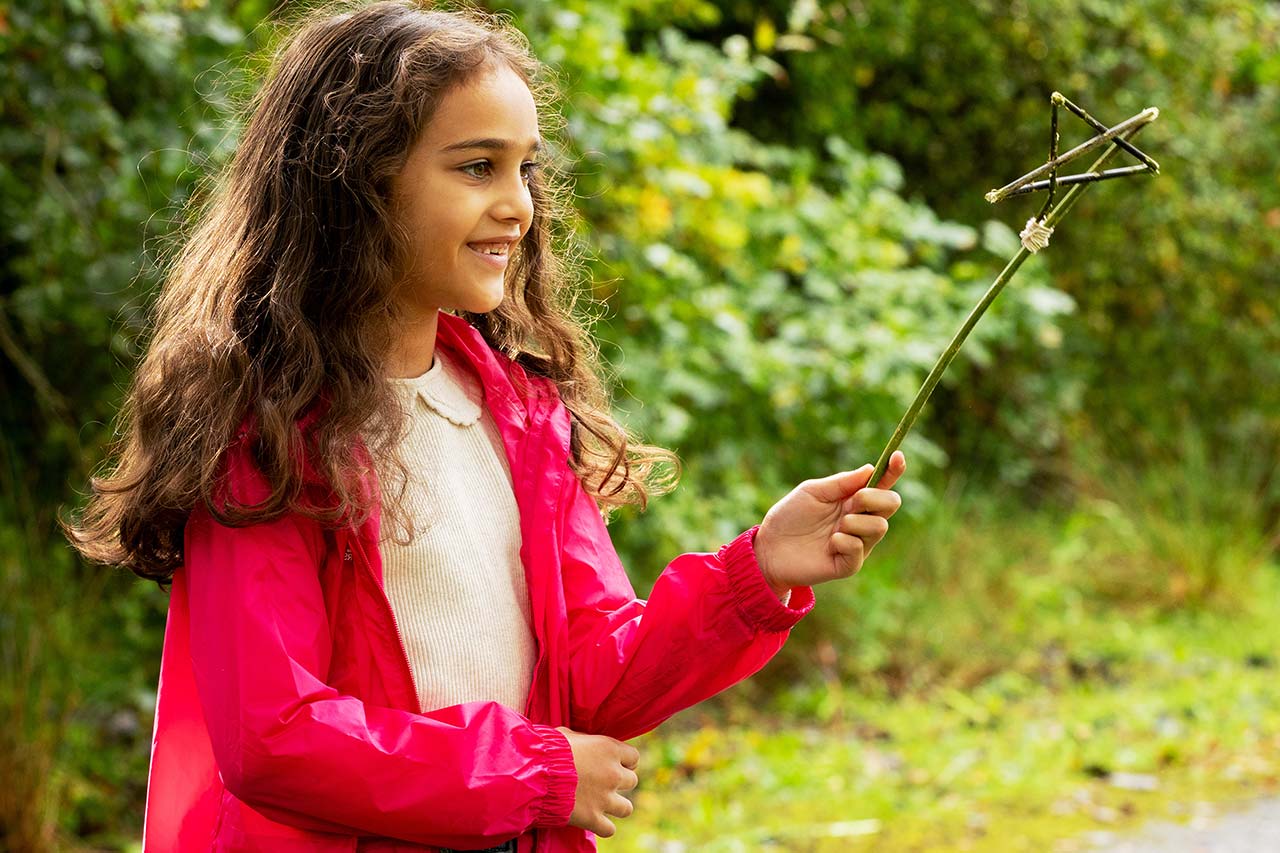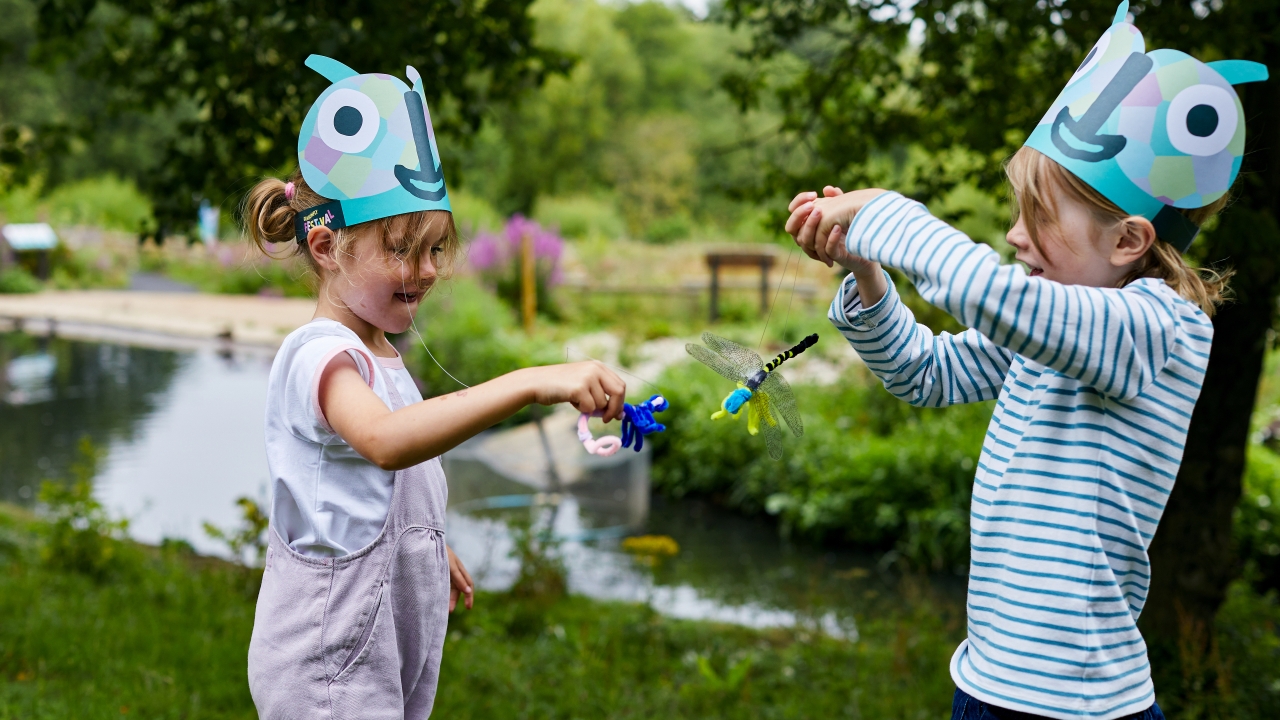The Millennium Wetlands burst into life

The Millennium Wetlands are literally bursting into life this spring, as trees and hedges break into bright leaves and glorious bird song reaches a crescendo as all the local singers are joined by migratory warblers.
We recently started our annual breeding bird surveys on the reserve. The surveys see us attempt to map the territories of ALL the songbirds on the reserve using their songs and calls, as well as sightings. We are spoilt to have such a rich variety of habitats here, with a mosaic of woodland, reedbed, lakes and scrub, which are all attractive to a different range of species. We monitor both habitats and species annually so that we can ensure that our management work for wildlife is having the right effect, and adapt it if necessary.
This year, treecreepers and goldcrests seem to be doing particularly well, having recovered from the brutal ‘Beast from the East’ a few years ago. We are also seeing (and hearing!) lots of bullfinches, blackcaps and chiffchaffs, as well as a few good sightings of red-listed willow tits, which benefit from the young, wet woodland areas where we leave lots of deadwood as nesting opportunities.

For spring 2022, we are particularly excited to have nesting kingfishers - successfully lured to breed on-site with our purpose-built earth banks! We have also seen large numbers of shoveler (a very rare breeder in Wales), displaying great crested grebes, sparrowhawks and buzzards, and have heard singing water rails. Reserve Manager, Dr Brian Briggs, adds:
The sound that lifts my heart above all others, has to be the crazy beeps and whistles of the displaying lapwings! Llanelli lapwings have increased from a single pair just five years ago, and they hadn’t fledged any young for many years, to around fifteen pairs this spring! This is following huge amounts of work as part of a project to restore a more open wetland landscape around the Deep Water Lake, which they require for nesting.
Sadly, WWT Llanelli Wetland Centre is now the only site in the whole county with lapwings that successfully rear young, so we are working extra hard to give them the best chance possible. Look out for their camouflaged nests on the ground from the viewing screens on the centre path.
And it's not all about the birds! We have been privileged to see up to three otters feeding together recently on a number of occasions, just below the Heron’s Wing hide. They seem to be out most often early in the morning, but they have been seen during normal opening hours too so stay vigilant!



